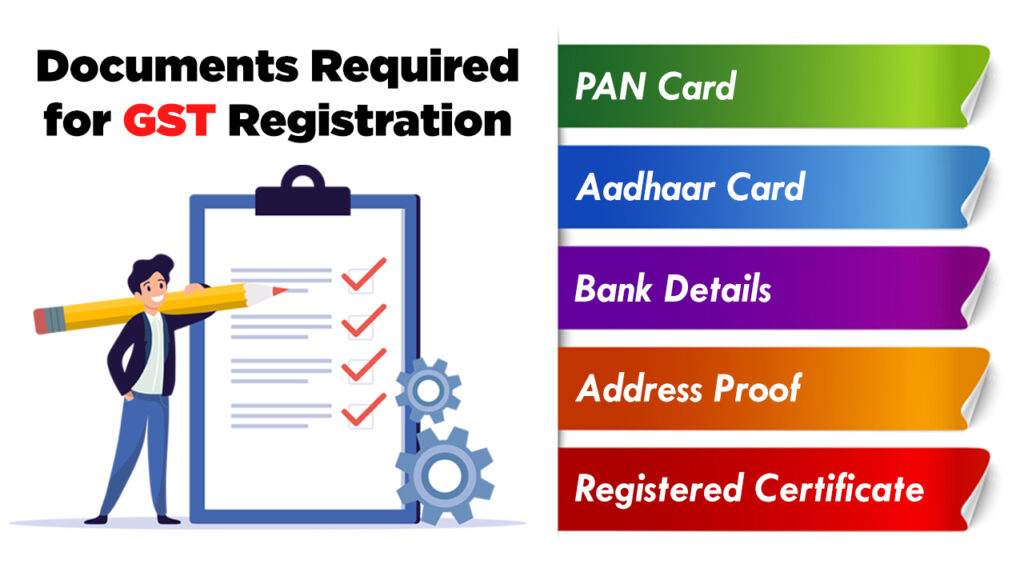Step-by-Step Process for Singapore GST Registration Explained
Mastering GST Registration: Vital Actions to Make Certain Regulatory Conformity and Company Growth
Navigating the realm of Product and Provider Tax (GST) enrollment can be a crucial step for organizations intending to maintain conformity and foster development. The complex process of registering for GST requires an eager understanding of the crucial actions included, from realizing the essential concepts of GST to diligently preparing the called for paperwork. Beyond just ticking off the governing checkboxes, understanding GST enrollment opens up a realm of opportunities for businesses to purposefully take advantage of this tax obligation structure to thrust their development. Comprehending the subtleties of GST registration is not simply a bureaucratic necessity but a calculated step that can form the trajectory of a business in the direction of lasting success.
Understanding GST Essentials
Comprehending the essentials of Goods and Services Tax (GST) is vital for services to browse the complexities of tax conformity and economic monitoring efficiently. GST is a value-added tax obligation levied on the supply of items and services in India, intending to develop a unified tax system throughout the country. Singapore GST Registration. Under GST, services require to register and get an one-of-a-kind GSTIN (Item and Solutions Tax Identification Number) to be certified with the law

Preparing Necessary Papers
To make certain compliance with GST enrollment demands, businesses need to collect and arrange the required papers for the application procedure successfully. The key files normally required for GST registration include proof of company enrollment or consolidation, PAN card of the company, identification and address proofs of promoters, photographs, financial institution statements, and proof of address of the business. Additionally, companies may need to give details of authorized notaries, business tasks, and turn over. It is vital to make sure that all files are accurate, approximately date, and meet the needs defined by the tax obligation authorities to stay clear of delays or denials in the registration procedure.
Organizing these files in an organized fashion can enhance the application procedure and demonstrate the business's dedication to regulatory compliance. Companies should keep both physical and digital duplicates of these papers for very easy access and recommendation. By preparing the essential files carefully, businesses can expedite their GST enrollment procedure and concentrate on their core operations with the assurance of regulatory conformity.
Online Registration Refine
Start the GST registration process by browsing to the main online portal marked for company registration. As soon as the account is established up, you can proceed with loading out the GST enrollment application kind by getting in the required service info, including company kind, address, and turnover information.

Compliance and Coverage Commitments
Upon successful registration on the GSTN portal and completion of the essential documentation, organizations should comply with strict compliance and reporting commitments to guarantee resource regulatory adherence and operational openness. Compliance needs under GST required accurate and prompt declaring of numerous returns, such as GSTR-1 for exterior supplies, GSTR-3B for month-to-month summary returns, and yearly returns like GSTR-9. In addition, organizations require to reconcile their sales and acquisition information via GSTR-2A and GSTR-2B to case input tax credit reports correctly.
Preserving proper documents of invoices, accounting records, and other appropriate information is essential for GST compliance. Routine audits and evaluations by tax authorities demand services to have careful documents and reporting systems in position. Any disparities or non-compliance can lead to charges, fines, or even suspension of GST registration.
To enhance conformity processes, organizations can utilize GST conformity software program that automates return declaring, settlement, and compliance tracking. When required can better boost compliance initiatives and make certain smooth procedures within the GST framework., remaining upgraded with governing modifications and looking for professional advice.
Leveraging GST for Organization Growth
One essential advantage of GST is the input tax obligation credit history system, which allows services to claim credits for tax obligations paid on inputs. Additionally, GST promotes transparency and responsibility in the tax obligation system, which can help organizations build trust with clients and companions.
Moreover, GST enrollment can additionally open new markets for services. Being GST-compliant can boost reliability and make it less complicated to broaden procedures across state borders. This not only increases market reach but also promotes an affordable side in the market. Moreover, by lining up with GST regulations, organizations can adjust to transforming market dynamics and stay ahead of the competition. Basically, leveraging GST for service growth includes strategic preparation, learn this here now reliable compliance, and a positive technique to monetary monitoring.
Verdict
Finally, grasping GST enrollment is vital for making sure governing conformity and assisting in business development. By understanding the essentials of GST, preparing essential files, finishing the online registration procedure, and fulfilling compliance and reporting commitments, services can leverage GST to their advantage. It is crucial for organizations to adhere to the laws and use GST as a tool for increasing their procedures and staying competitive in the market.
Navigating the realm of Item and Solutions Tax (GST) enrollment can be a crucial action for organizations intending to preserve compliance and foster growth. The crucial records generally required for GST view enrollment consist of evidence of service registration or incorporation, Frying pan card of the organization, address and identity proofs of promoters, photographs, bank statements, and evidence of address of the location of organization.Begin the GST enrollment procedure by navigating to the official online site assigned for business enrollment. As soon as the account is set up, you can continue with filling up out the GST registration application type by getting in the required service details, consisting of business type, turn over, and address information.
By comprehending the basics of GST, preparing needed documents, completing the online registration process, and meeting compliance and reporting obligations, organizations can utilize GST to their advantage.